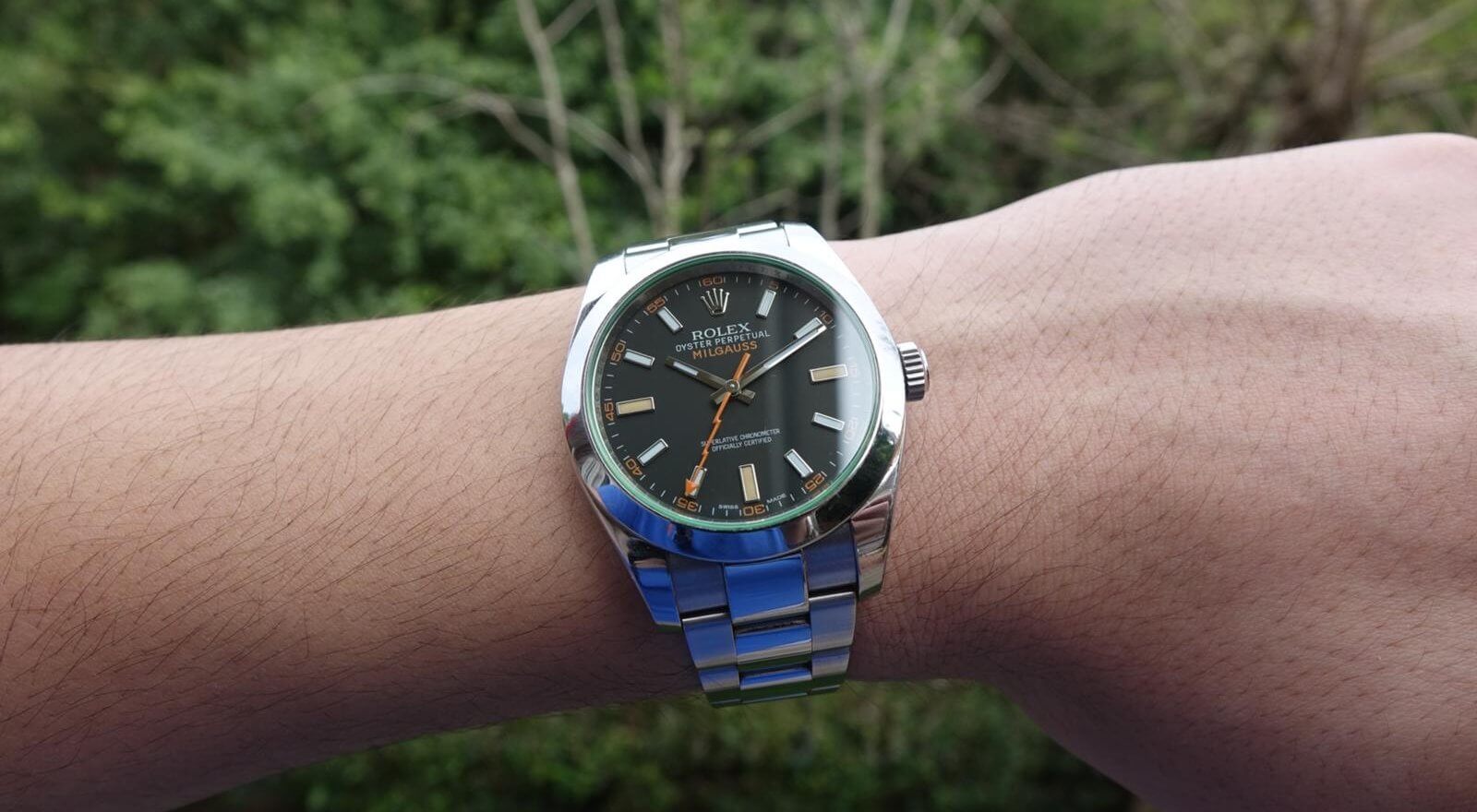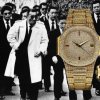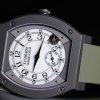Today, the model we will consider is actually a watch that I think could not find its value exactly among the models produced by Rolex and it did not stand out with its features: Rolex Migauss. Firstly, let’s start by analyzing the name, “gauss” is a magnetic field measure. As you can guess, Milgauss is an anti-magnetic watch. What does an anti-magnetic watch mean? Antimagnetic watches are capable of keeping the time accurately without damaging the mechanism of the watch in electromagnetic fields.
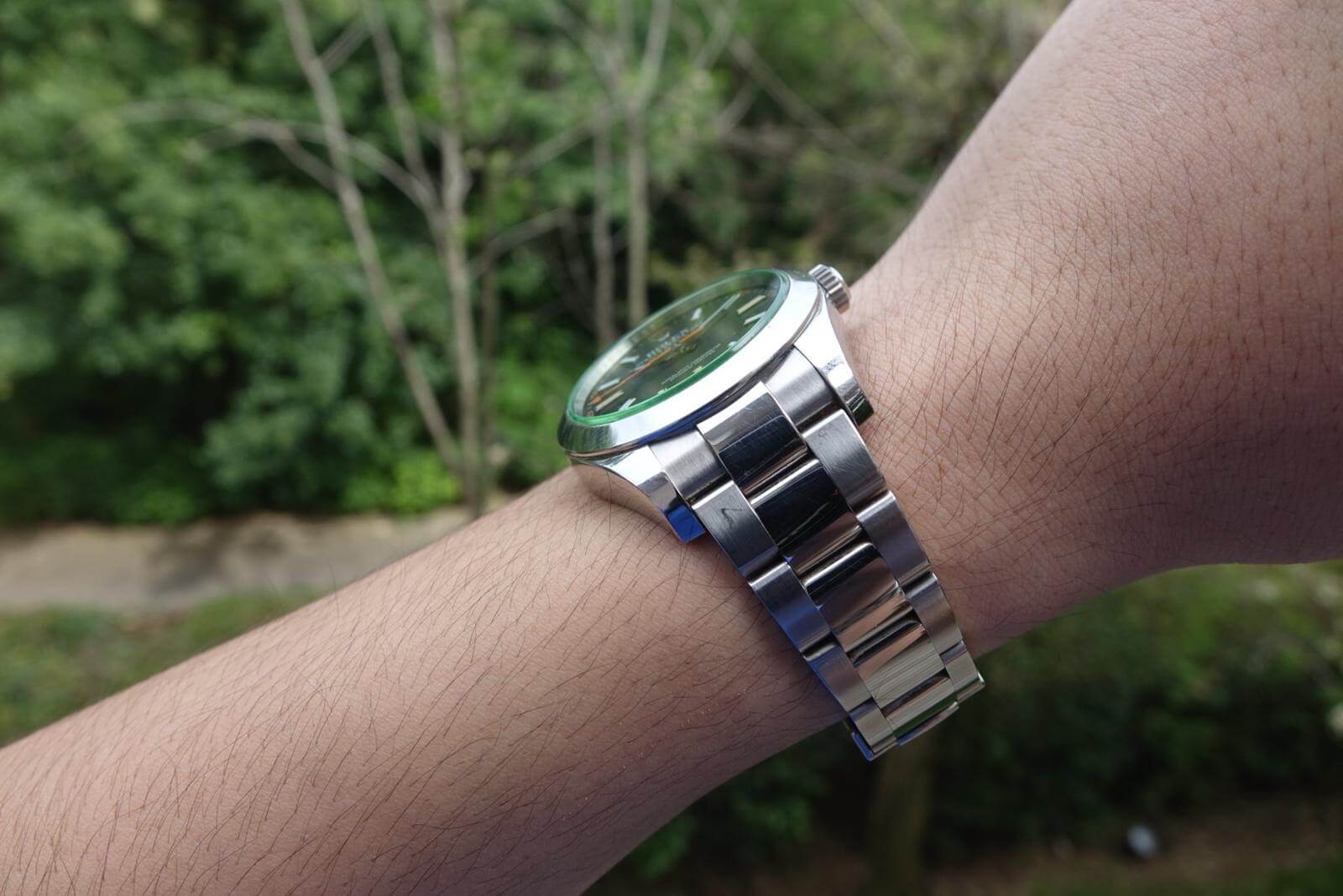
There are certain professions and sports that the Rolex models appeal to. This adds meaning to each model of the brand separately. In addition, Rolex is a brand that is closely intertwined with sports thanks to its sponsored athletes. Due to these athlete partnerships, today, when we pronounce the names of many models, we can quickly identify them with someone or certain branches. For example, Daytona with Paul Newman and car races, GMT Master with pilots, Yacht-Master with yacht races and Submariner with divers.
So, to whom and what areas is Milgauss appealing to? It appeals to people who work in electromagnetic fields. For example, it is a watch that people working in medical equipment manufacturing facilities, research laboratories and power plants (such as doctors, engineers) can wear without worrying about the breakdown of their watches.
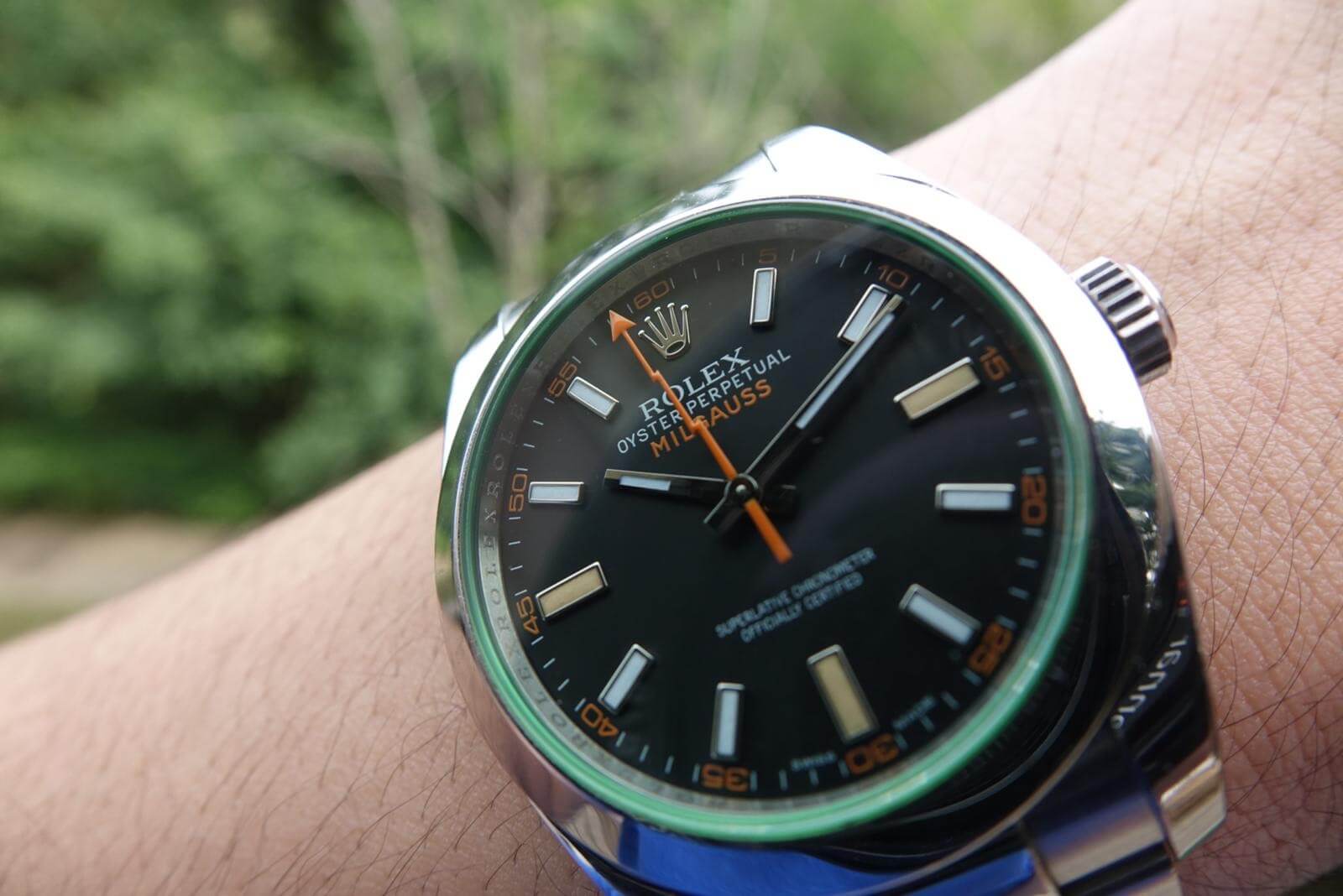
Before Rolex introduced the Milgauss, people were not using wristwatches in electromagnetic fields or they were using watches which had no accuracy after a while (which is useless). With this watch, Rolex first caught the attention of CERN (European Nuclear Research Organization) and after being tested in CERN, it started to be requested by many science faculties, especially CERN.
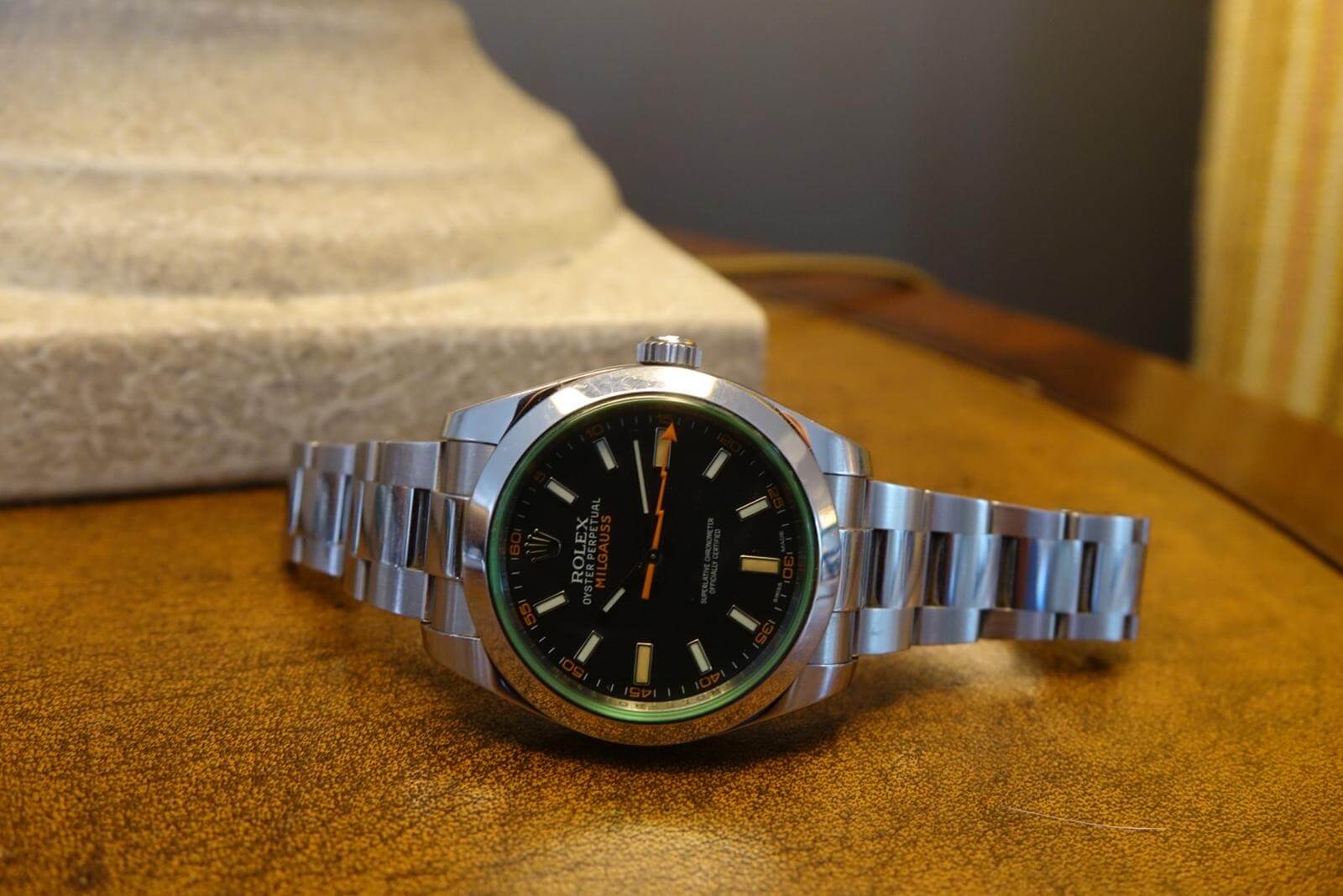
Regular watches do have a resistance approximately 50 to 100 gauss and then they start to lose their timing accuracy. When Rolex produced Milgauss, the watch was resistant up to 1000 gauss. This has been an important development not only for Rolex but also for the whole world of science and the watch world. The model name is Milgauss because of the word ‘mille’, which means thousand in Latin depending on its durability up to 1000 gauss.
Looking at the history of Milgauss, it can be said to have a brief history. In 1956, it was introduced for the first time with the ref.6541. In 1960s the watch had two color options as ref.1019, the looks were very similar to its original version. In fact, considering that it started to be produced in 1956, it may seem strange to say a time period of 64 years is short. The reason is simple: Rolex discontinued Milgauss from 1988 to 2007. So this deletes a 20-year period from its 64-year history. In 2007, Rolex re-introduced Milgauss in three different color options with the ref.116400. Two of the three options have the standard sapphire crystal glass with black or white dial. The third and my watch, which is also my favorite between these three options; has a sapphire crystal glass with a slightly green touch. We can call his feature as colored glass. It’s been only used in Milgauss by Rolex.
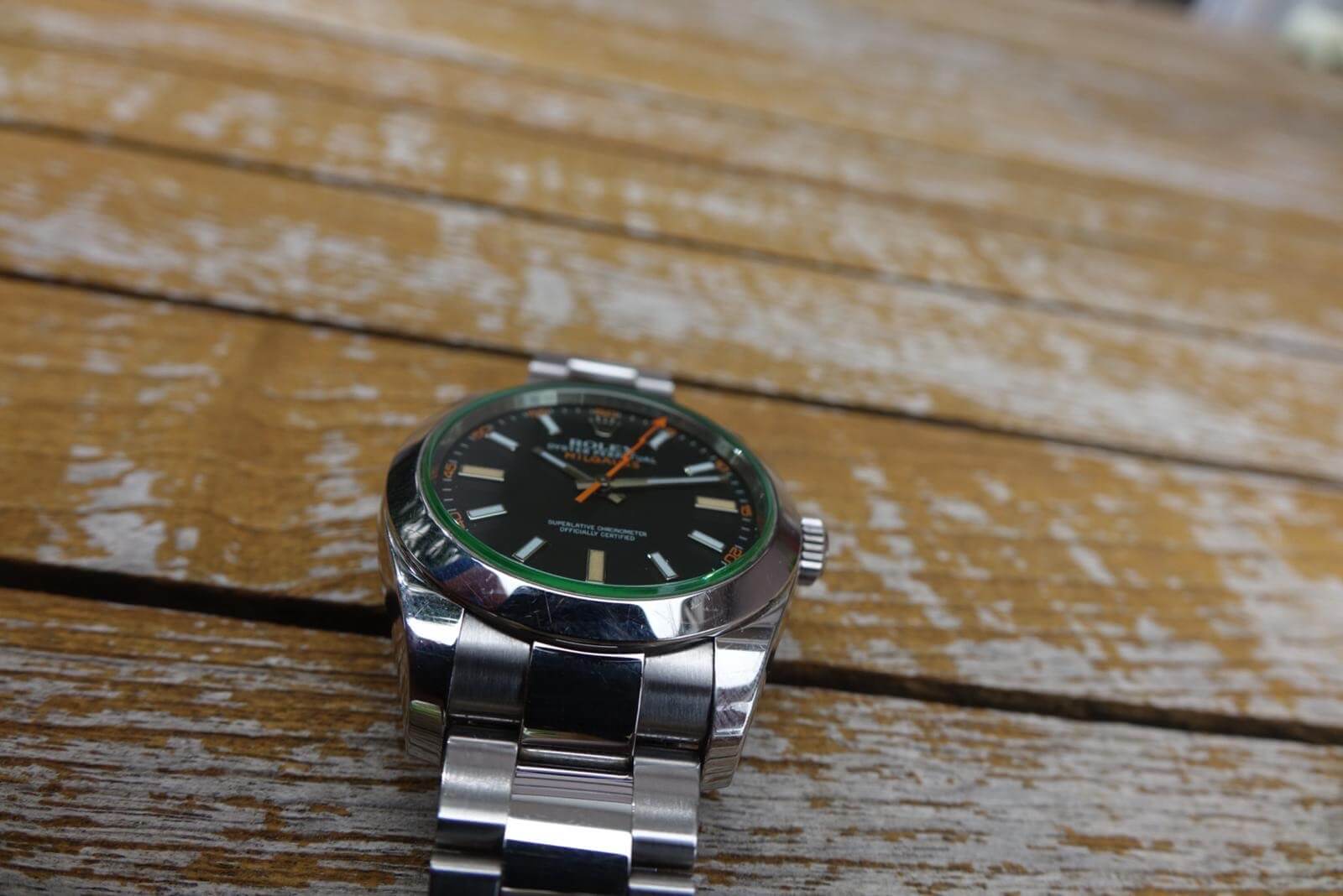
The Milgauss that was produced after 2007 has a higher resistance than 1000 gauss. These watches have a ferromagnetic shield over the mechanism which improves the resistance to magnetic fields. These shields have a letter “B” engraved on it. This letter “B” is the symbol of magnetic flux density but you can only see this if you open the case.
If I have to comment about the design of the watch; I am a big fan of the orange lightning bolt second hand. Because of the ferromagnetic shield, the case is thicker than many Rolex models. When I first wore the Milgauss, I was using a Datejust II so my first reaction was “fat watch” for the watch. After a short while, I got used to its thickness easily and it is not disturbing at all. Besides the orange lightning bolt second hand, arrows that are placed in 3,6 and 9 have a slight orange which is a great detail.
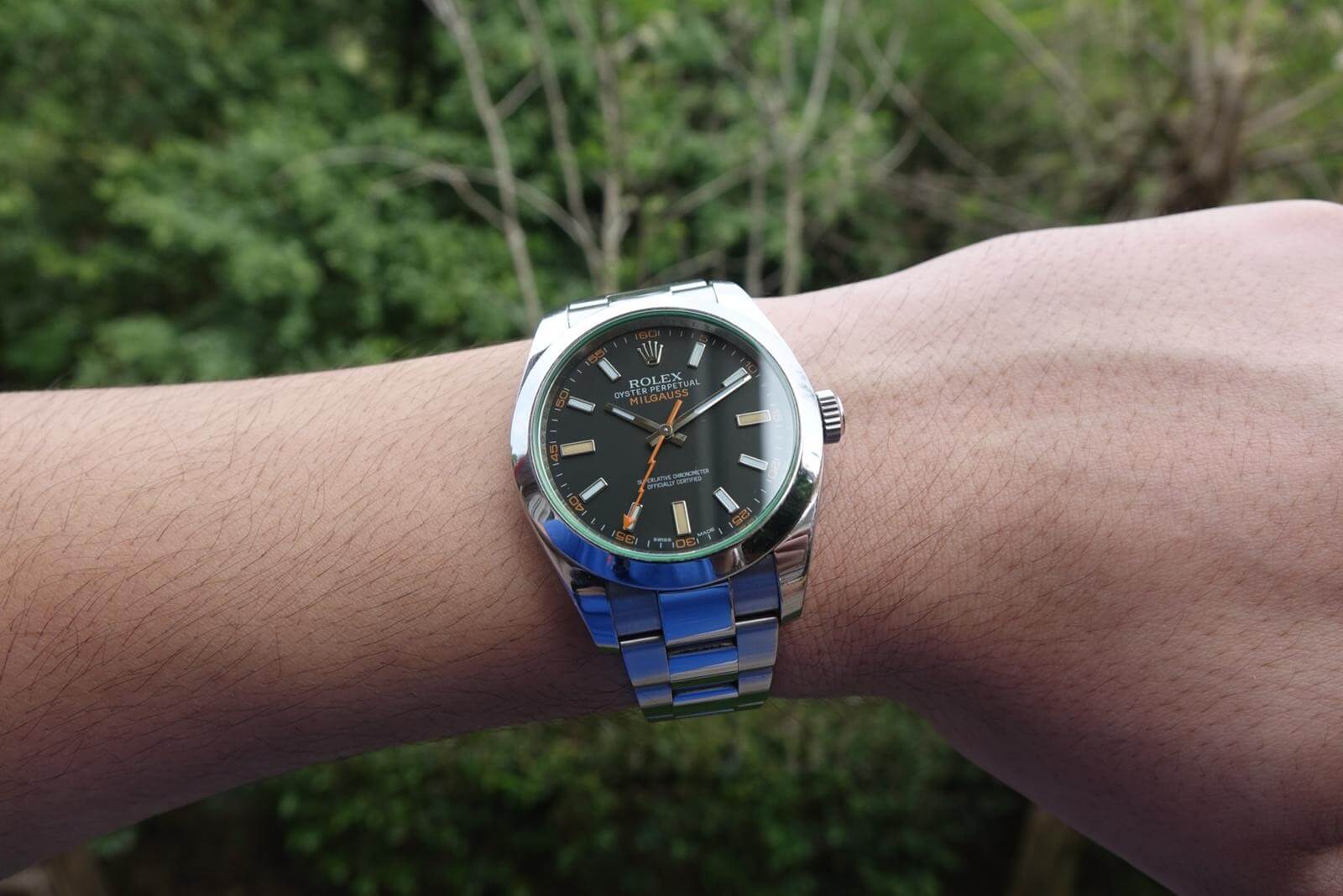
The mechanism of Milgauss is produced by Rolex “calibre 3131”. This is not a very common mechanism that Rolex uses on its watches. Only Milgauss and Air-King models do have this mechanism.
If you ask whether there are other antimagnetic watches rather than Milgauss? Yes, there is. To name a few I can say; Omega Railmaster and IWC Ingenieur.

